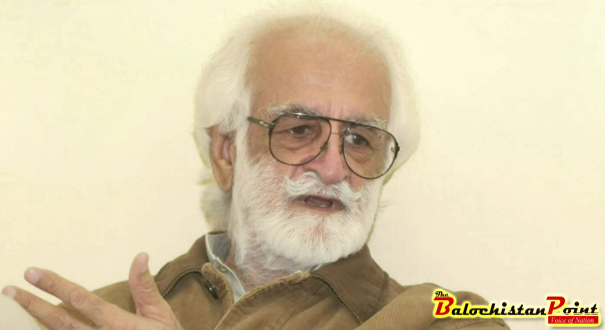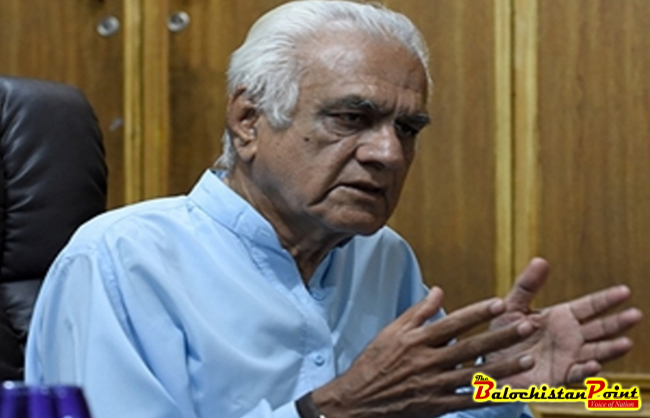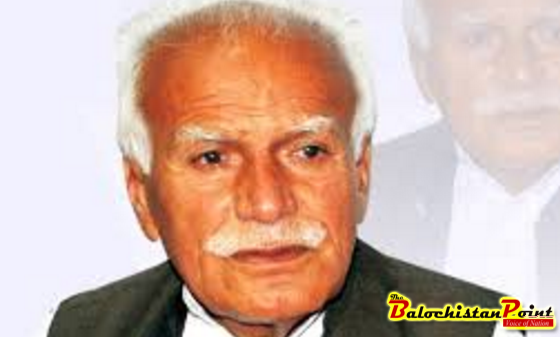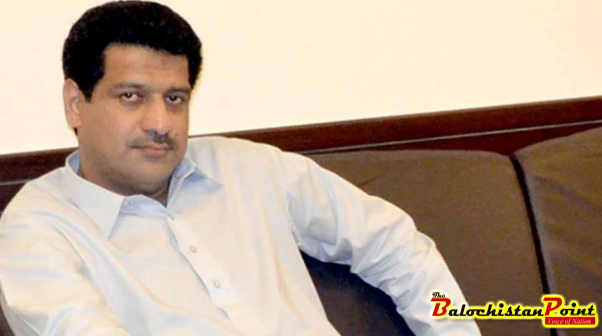By: Mariyam Suleman
Balochistan fell into a terrifying chaos after Nawab Akbar Khan Bugti was killed on 26th August 2006. Although the news about the death of Nawab Bugti was confirmed hours later, hundreds of protesters demonstrated on roads the same night.
This time, the protests did not limit to the provincial capital of Quetta or to the tribal areas of Bugtis, Marris or Mengals, but the protests swept throughout Balochistan reaching as far as the southern districts of Lasbela, Turbat, Gwadar and areas bordering Iran. The tension between protesters, police and other security officials ratcheted as the days passed by.
Nawab Akbar Khan Bugti,79, the tribal chief, former governor Chief Minister and Governor went underground in 2005 and was killed a year later.
“When the news about Nawab Bugti’s assassination was confirmed, 400 different cities and towns closed down as the spontaneous reaction and Lyari too closed for 12 days. Such spontaneous reactions can only be observed in highly politicalized societies and for Balochistan it was the first time ever that such a huge reaction was observed that continued for days and months on. This also increased the “sense of deprivation” amongst the people and contributed in the process of nationalist movement that actually began decades before 2006,” says Siddiq Baloch a senior journalist and the Editor in Chief for Balochistan Express.
The very manner in which Bugti was eliminated, fueled fire for the most recent Baloch nationalist movement. On the other hand, the same movements in the aftermath of Bugti‘s death defused several social and political changes in the province.
“Emergence of the new wave of Baloch nationalism is a result of Bugti’s assassination and several following operations. It was of course not the first time that Balochistan experienced any insurgence but the nature of the last one differed than the rest. The earlier four insurgencies, only affected few areas of the province but the last one fueled fire in entire Balochsitan affecting lives of common people living there,” says a prominent social and political activist, Dr. Abdul Hai Baloch who also severed as member of Pakistan National Assembly.
He adds, “Since media in Pakistan does not have the freedom to cover several of the issues and when it comes to Balochistan, media prefers a more sophisticated negligence. Hence there has been little coverage by the mainstream media what Balochistan has undergone in the last one decade.”
“Human rights violation including; target killing of political leaders, activists, journalists, increased number of Hindus migration from Balochistan, systematic killing of Hazara Community members and enforced disappearances have plagued Balochistan for a decade now,” explains Yousuf Ajab Baloch a journalist and Editor in Chief of The Balochistan Point, an online newspaper.
According to data obtained from Committee to Protect Journalists out of every ten journalists killed in Pakistan in the last two decades, two belonged to Balochistan. According to Middle East Institute the Hazara in Balochistan claim that there have been 173 attacks on their community with more than 1500 Hazaras killed and approximately 100,000 forced to migrate to safer shores. Balochistan had least legislative output in the last one decade as per Human Right Commission Pakistan.
Mr. Yousaf Ajab adds, “Despite all claims of security and provincial stability, Balochistan has not experienced complete peace in any of her area and has been in a restive state for more than a decade now. On the other hand, there is no single parliamentarian who in actual represents the deprived people of Balochistan in the Assembly. In the absence of genuine leadership, the situation has become a blessing for political opportunists to prove some sort of loyalty and continue with corruption as much as they can, therefore, a large number of corrupt politicians, politically immature tribal chives, religious elements and so called nationalists have become legislators, even some of them with less than 1000 votes could become parliamentarians,”
However Dr. Abdul Hai Baloch argues, “Despite the horrific situation Balochistan had gone through, Balochs have become much more active educationally. That is another debate that so far, the revenue share of provincial resources has never been fair for Balochistan, therefore the enlightened youth has been also been active politically.”
According to UNDP (United Nation Development Project), 56 percent of Balochistan’s population falls in the category of multi-dimensionally poor. With an estimated Human Development Index (HDI) value of 0.391, the level of human development in Balochistan has consistently been low. The restive situation and the insurgency further contributed for the misery of the province.
Zahoor Bulaidi who served for the Balochistan Assembly from 2008-13 explains, “Nawab Bugti’s demand for the due rights of the province for mega projects like Gwadar Port, Saindak & Reko Diq etc. were legitimate, therefore his death resulted into conflict in the least developed federating unit. And because of the disturbed law and order situation, there has been mass migration from insurgency-hit districts such as; Kech, Dera Bugti, Awaran, Kuzdar and Panjgur.”
However, he explains that some vital indicators such as the 7th NFC Award, 18th Constitutional Amendment and Peaceful Balochistan Package have been instrumental for conflict transformation and improvement of the law and order situation.
“Within Baloch a discussion is continuously in process; whether they would fight for their rights as part of parliamentary framework or as a hostile power. On the other hand, government has been working to stabilize the situation in Balochistan with more of development projects that includes health, education, agriculture and such other projects for the upcoming 10-15 years,” says Anwar ul Haq Kakar spokesperson of government of Balochistan.
Published in The Balochistan Point on August 26, 2017
 Balochistan Point Voice of Nation
Balochistan Point Voice of Nation







